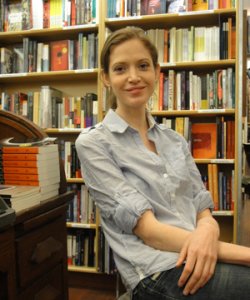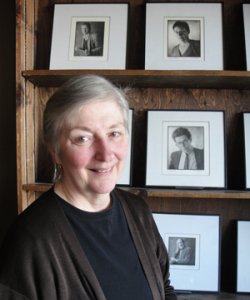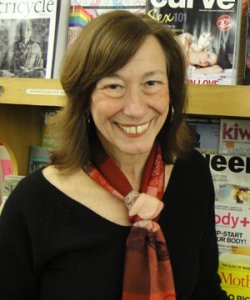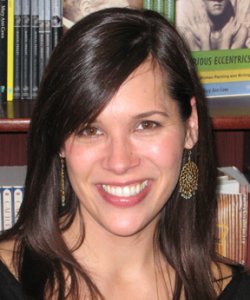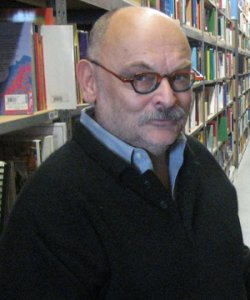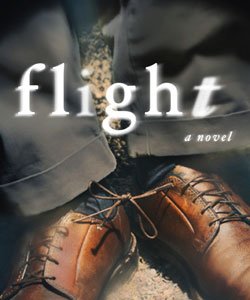Publishing in the Twenty-First Century: An Interview With John B. Thompson

Gabriel Cohen, coordinator of Sundays at Sunny’s, one of New York City’s longest-running literary reading series, talks with John B. Thompson, author of Merchants of Culture: The Publishing Business in the Twenty-First Century, who demystifies the complexity of the book-publishing industry in the United States and in the United Kingdom.






